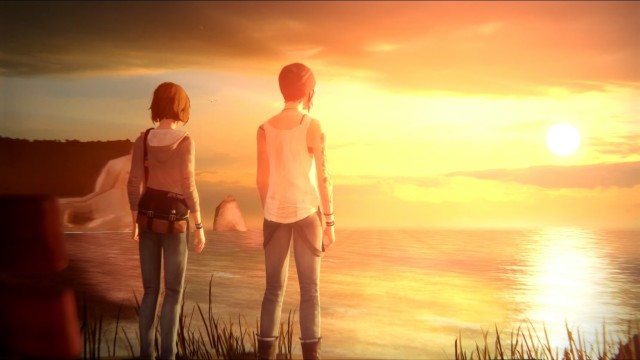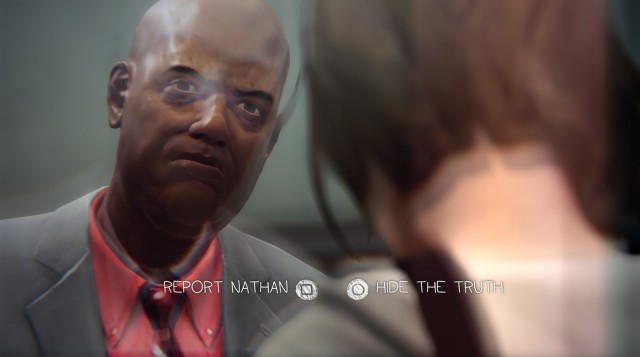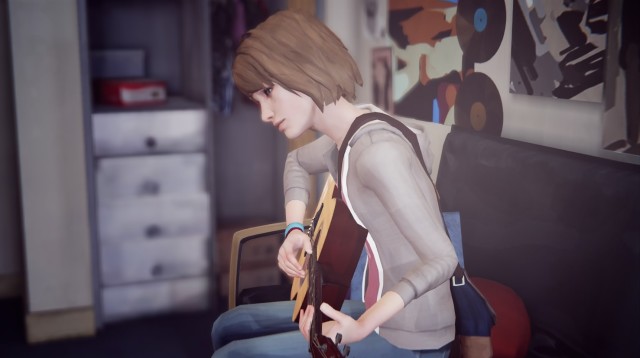
Developers rarely attempt to focus on our teenage years in games, but when it does happen, it goes surprisingly well. I’m thinking of Gone Home or even the Persona series, which isn’t entirely about high school students yet the drama of that time in their lives is ever-present. Dontnod, the team behind 2013’s Remember Me, attempts something similar with Life is Strange, an episodic drama focused on an 18-year-old and her time in private school.
The first episode, Chrysalis, introduces us to a diverse cast of characters and a plot that seems to be heading in some interesting directions, complete with a science fiction twist that ties it all together.
Max Caulfield, our protagonist, has returned to her hometown of Arcadia and enrolled in a private high school to work toward fulfilling her lifetime dream of becoming a professional photographer. It isn’t long before a run-in with one of the school’s tougher students reunites her with Chloe, a friend she hadn’t spoken with for over five years. Typical teen drama ensues afterwards, including dealing with Chloe’s strict step-father, a handful of bullies and some antics involving time travel. You know, the usual.

Okay, maybe being able to go back to the past to fix your mistakes isn’t what you consider typical high school drama, but Max quickly learns she can use this newfound ability to reverse any mistakes she makes. The majority of the experience is typical adventure game stuff not too dissimilar from Telltale’s current style, including puzzle-solving and dialogue choices that affect the story. That being said, the ability to reverse time up to a certain point allows you to change your decisions on the fly. You won’t know the impact of the decisions until later, but this seemingly-out-of-place mechanic works together with your choices and gives you an opportunity to see slight variations on the different options.
Time reversal is also put to good use for puzzle-solving. As you attempt to find a solution, certain characters will perform specific actions that tie in directly with said solution. Once you see certain things unfold, you are able to rewind time and use your knowledge of future events to solve whatever problem you face. The puzzles themselves are limited in number and aren’t particularly challenging, so you never get to see the full potential of the time reversal. Despite that, this is only episode one of five, so hopefully we see more of these types of puzzles in future episodes.

None of this would matter without a good script and story; thankfully, Life is Strange delivers. The writing is solid and the story introduces some intriguing elements that make me excited to dive into future episodes. There is, however, the occasional line that comes across as corny. I’m no teenager, but I’m willing to bet high schoolers don’t say “hella” on a regular basis. The lip-syncing is also noticeably terrible, leaving you wondering why they would overlook something so crucial in a dialogue-heavy game. It was so bad it often took me out of the experience at first, although over time it became less noticeable.
Despite dialogue and lip-syncing issues, the first episode of Life is Strange leaves me optimistic about the rest of the series. The story has potential and the writing, when not sounding like it’s decades too old for modern day, is consistently good. There is a chance it goes completely off the rails due to its focus on time travel, but there is enough good here that I remain hopeful for what’s to come.
Pros: Intriguing story, great cast of characters, well-utilized time rewinding mechanic
Cons: Some corny dialogue, horrible lip-syncing



















